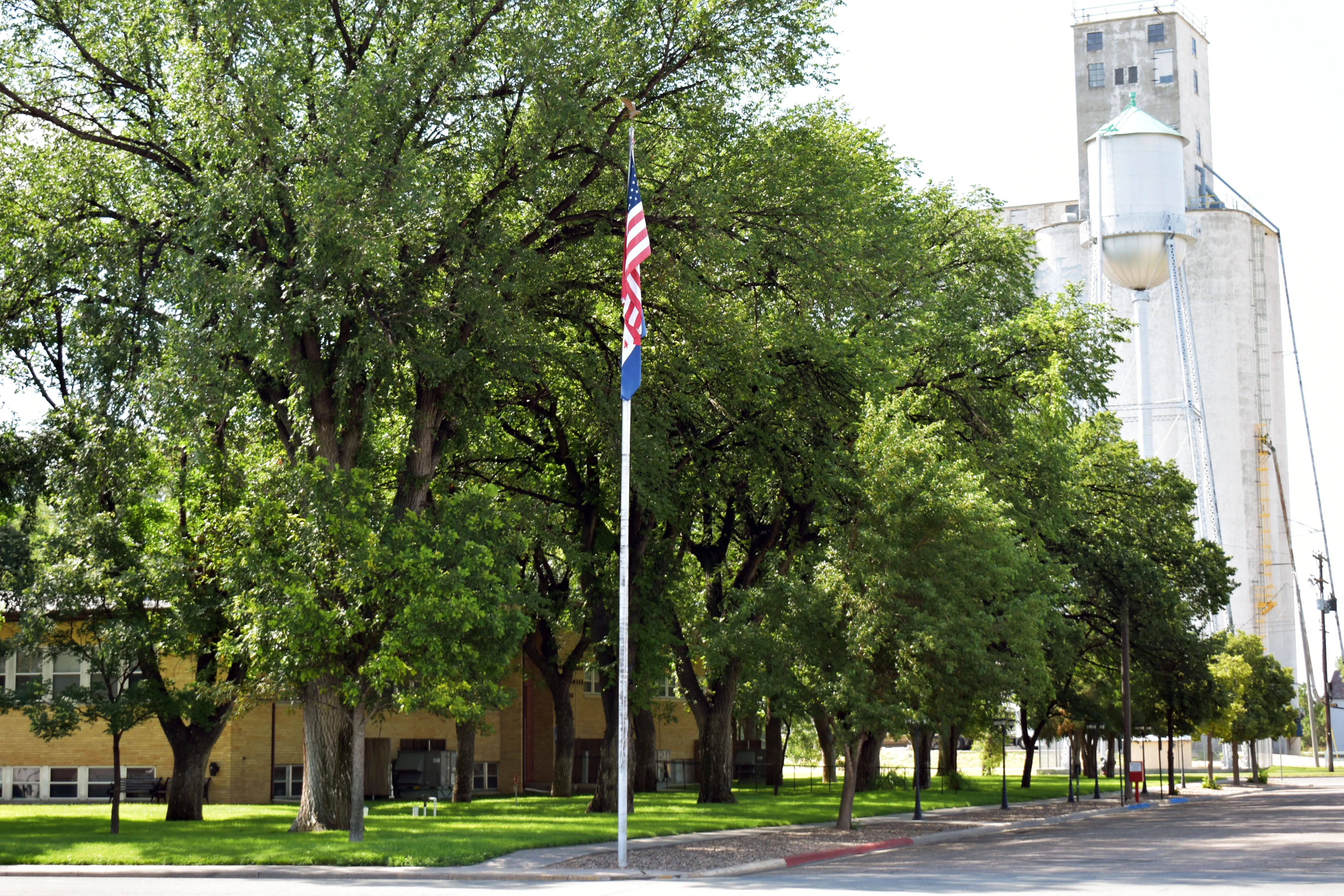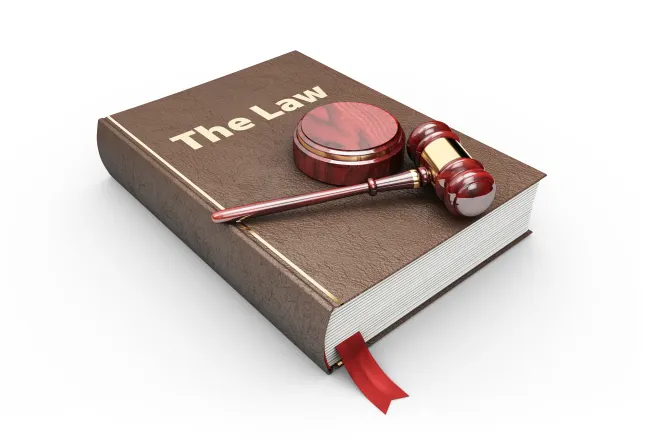
Linly Stum: Evidentiary - Part 4
Part 3 was published November 5, 2023, and can be found here.
More About Nature
There is more to be learned about purpose from the tree.
My grandad's hot button in life was to raise registered Hereford bulls and sell them. His bulls were the ones with horns. When those horns got to be about eight inches long, he stuck little weights with a set screw out on the end of the horn. Without the weights the horns naturally curved up as sharp weapons, but the weights caused the horns to curve down as they grew. This is simply gravity in action.
Anybody who has taken a fall understands gravity, its effect, and tremendous power. But the tree does a couple of things in defiance of gravity.
One of those things is that little twig at the top of the tree that is a half-inch higher than the ones around it. It would seem because water out of the soil has to make it all the way up to the top to feed those twigs, that the one that was the highest would get the least. But that is not what happens. When new growth occurs in the spring, it will grow a third to a half longer than the others around it because it is going to become the main growing point and eventually the trunk of the tree.
If you think about it, this doesn't make any sense because it is in defiance of gravity. But that’s what happens.
The second thing is that the branches of some of those big pine trees can get pretty heavy. But do those branches curve up like the antlers of a deer or do they curve down like gravity would dictate because of the weight?
So, who tells the tree that the cells on the bottom of that branch need to be stronger or longer so that the branch curves up instead of down? There again, for many trees, what those branches do is in defiance of the power of gravity.
How can that be? Accident? No. Purpose? Yes.
Fish and Strawberries
Thinking again about Dr. Quick's comment on the interconnectedness of all living creatures, I once was
greatly offended when I would read a comment that we were possibly descendants of apes.
Now, I am not offend at all by that comment because, there again, we are connected to all living things. And yes, there are similarities, but that does not mean we are their offspring.
For example, I could not imagine that genes from an animal can be used to enhance the performance of a plant. To explain this interconnectedness, Dr. Quick told me about strawberries that are grown near the coast in Washington state where It's quite chilly even in August. To make the strawberry plant more adaptable to the cold climate, genes fromflounder fish that live in very cold arctic water were shot into strawberry plants.
I then asked, "I've never heard this term all my life … genes being shot into a plant?" I asked him to please explain.
The flesh from the flounder fish was dried, powdered and loaded in a .22 blank cartridge. It was fired at the strawberry plant and some of that genetic material penetrated the leaf cells, was picked up and made the strawberry plant more tolerant to cold climate.
Now let's go back to Darwin's finch. Darwin's finch had evolutionary adaptational changes in the strength and size of its beak so that it could more readily crack the hard shells of the seeds that it was eating.
But think a minute. Birds are designed for one purpose: to fly. Their feathers and even their bones, unlike ours, are hollow to achieve strength but at the same time lightness. The feathers are the same way. ‘Light as a feather’ is truly what they are.
Imagine that first bird that tried to fly and jumped off of a cliff. No, he didn't jump off of a branch of a tree because how in the world did he get up on the branch of a tree? Keep in mind that, at this point in history, his bones are solid like ours and he doesn't have a bunch of super light feathers.
Guess what? When he reached the bottom of the cliff, he was a dead bird. Tell me how a dead bird is going to evolve into one with super light feathers and light hollow bones.
This is why I make the comment that in the eons that Darwin's finch had existed, he's still the same finch. Again, go back and reread about the coelacanth.
Next: Books That Influenced My Philosophy
















